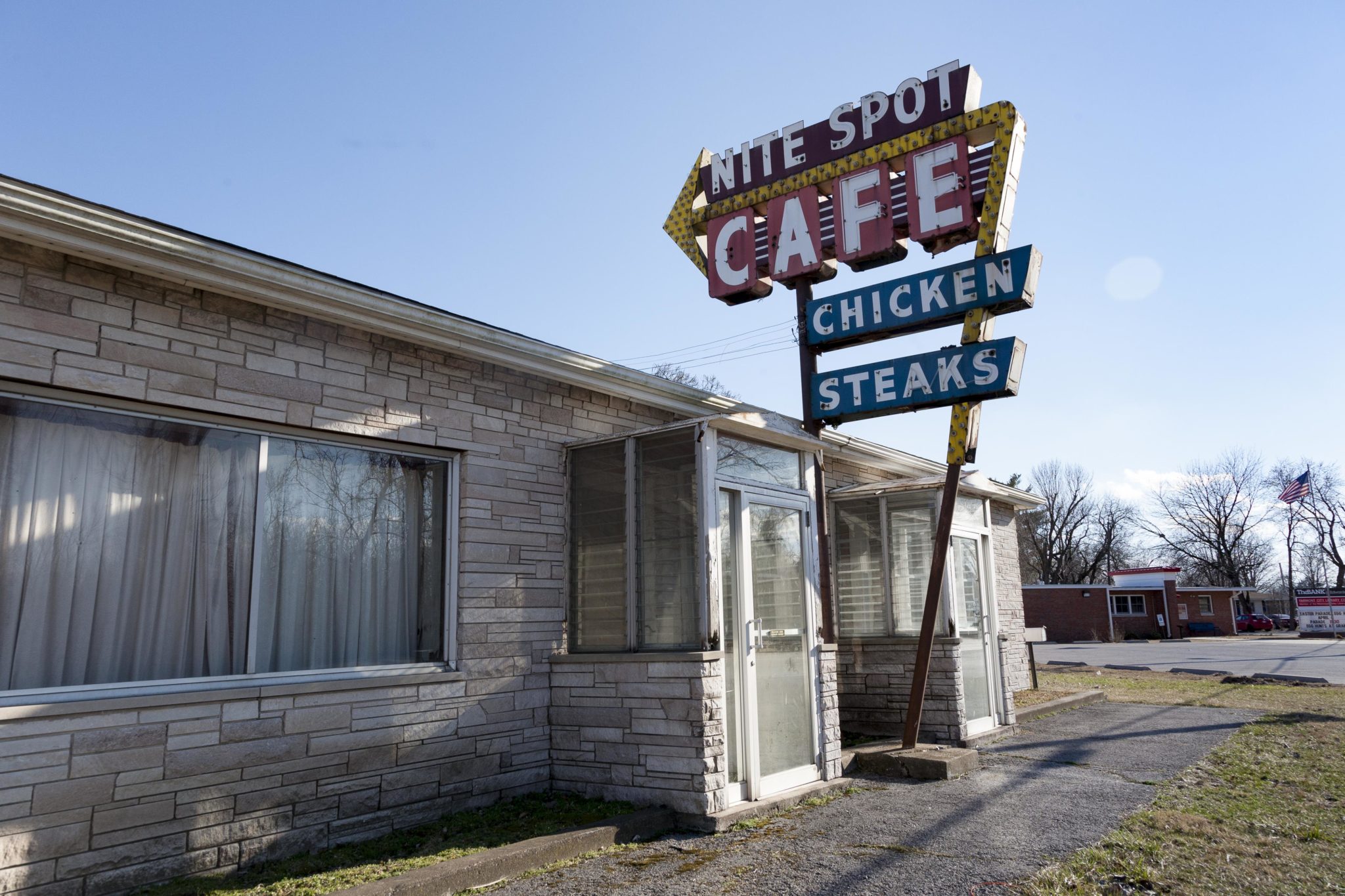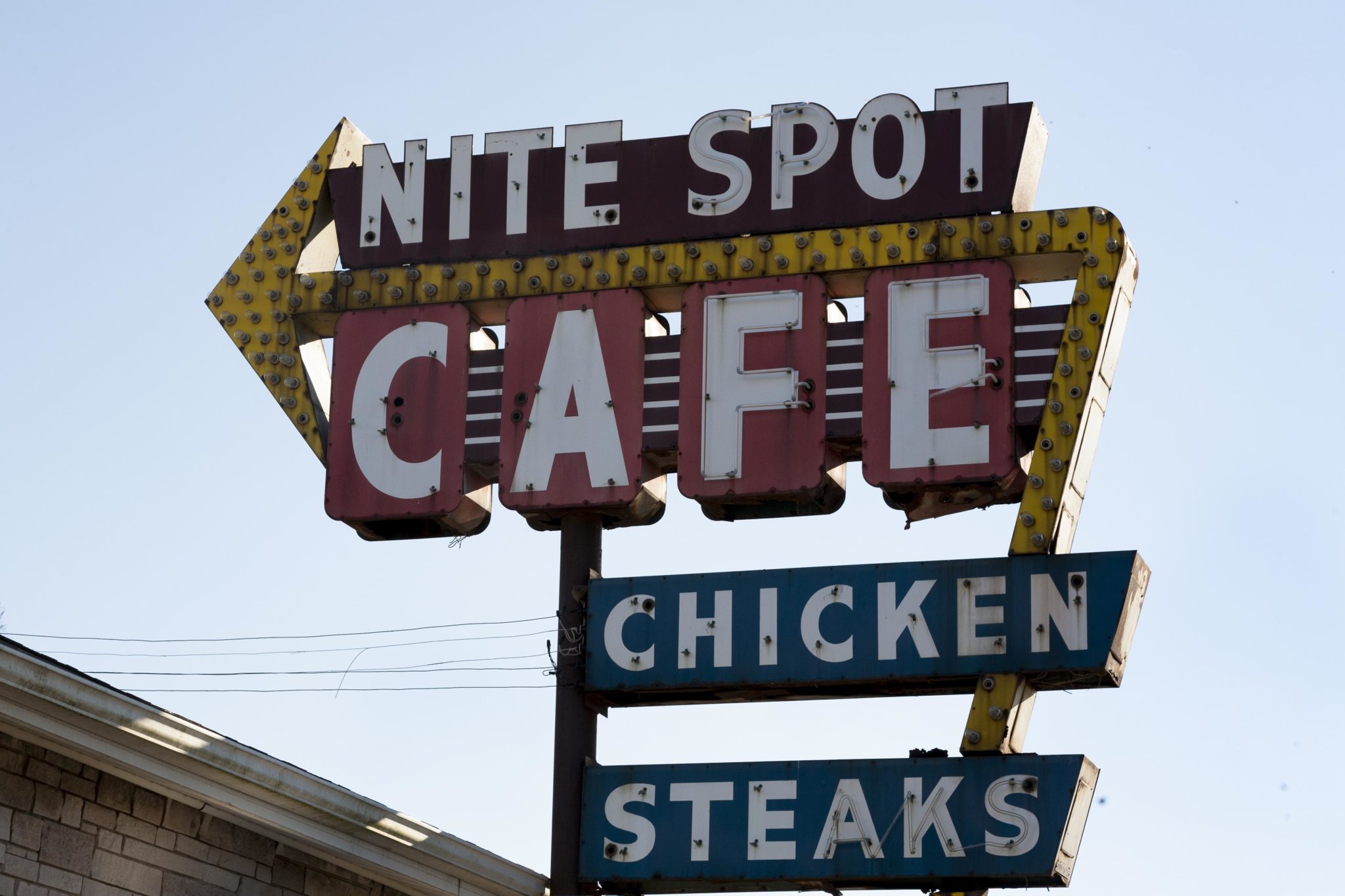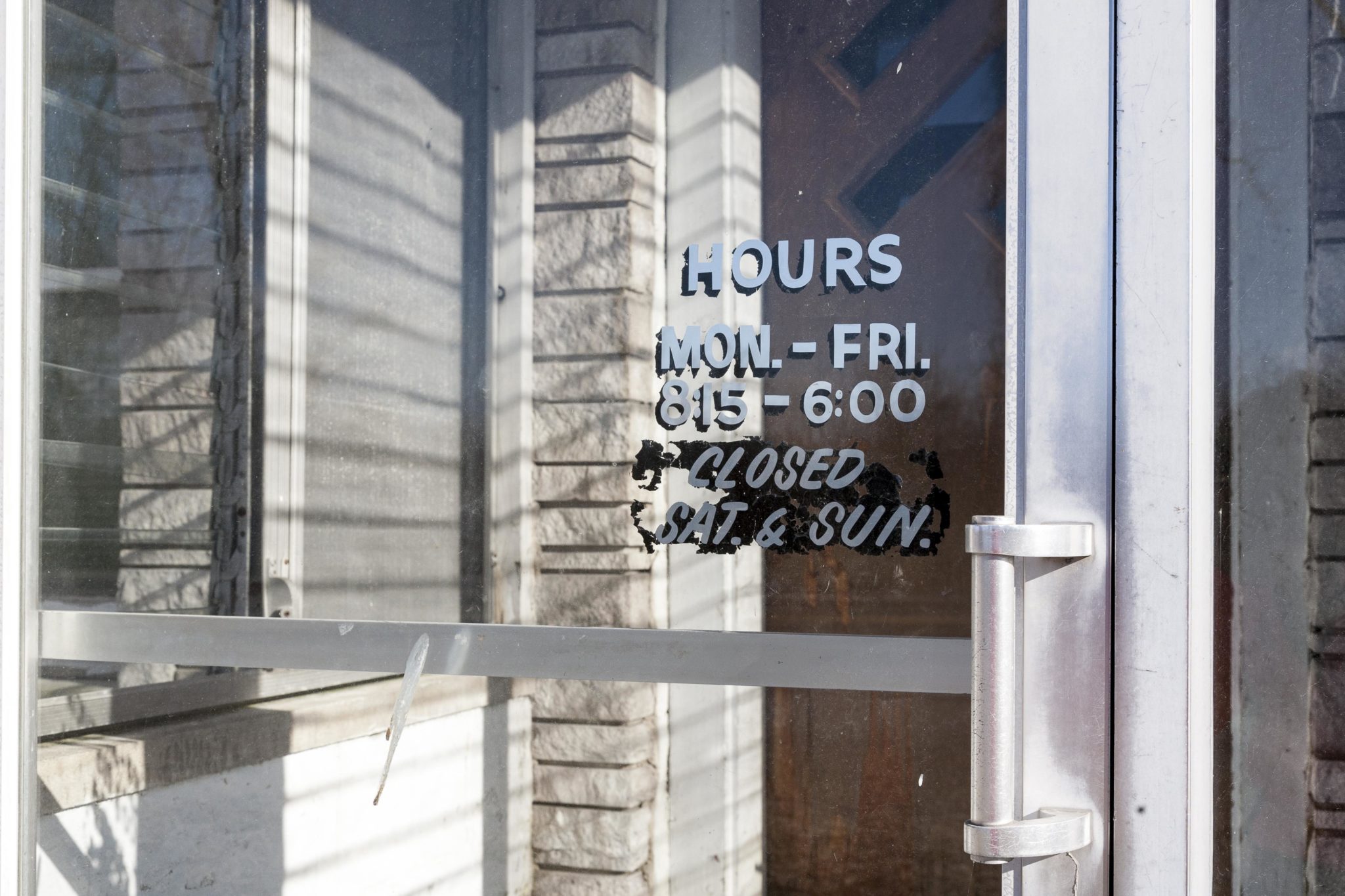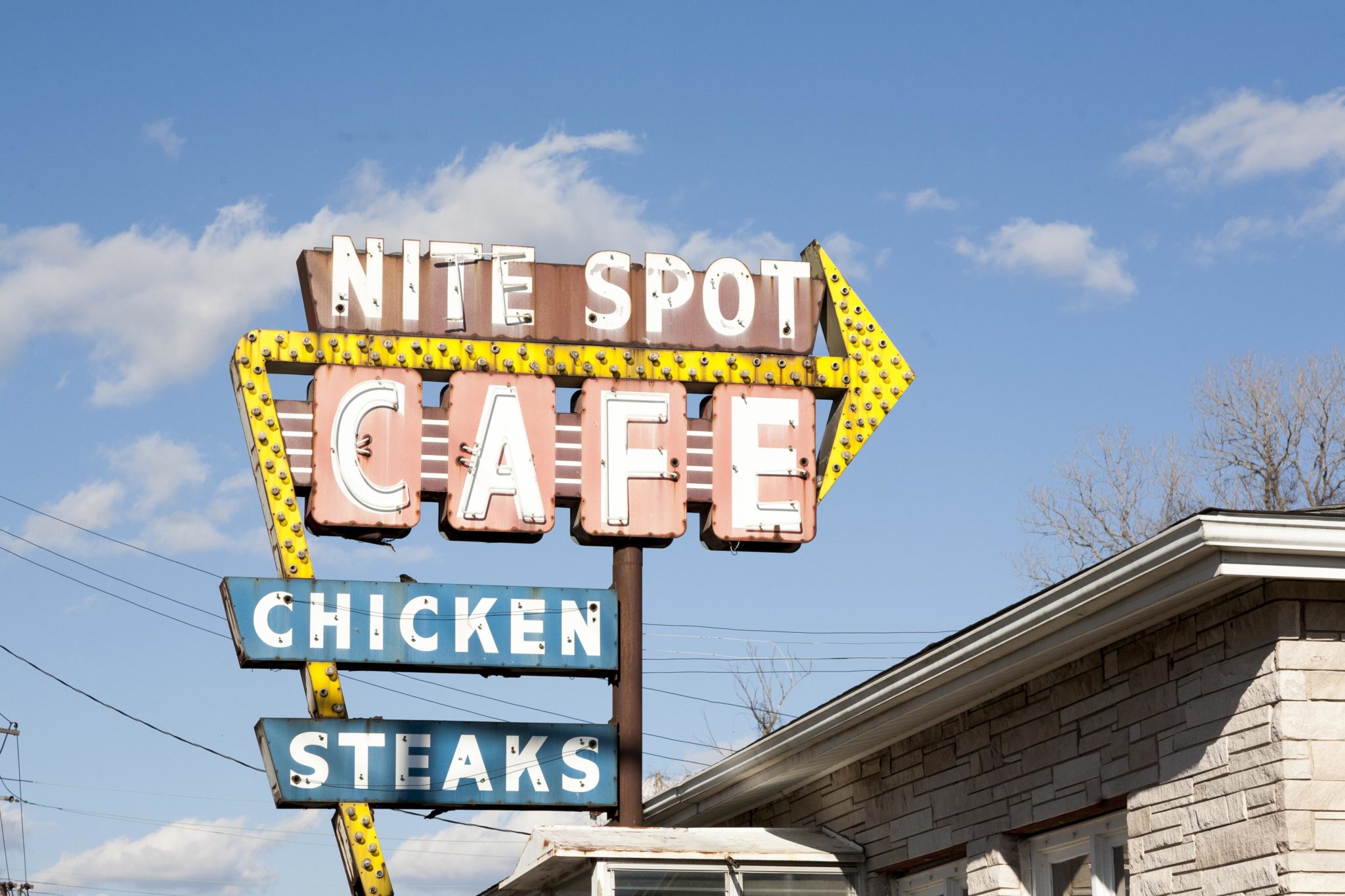Historic Significance
In the 1920s, the creation of Route 66 gained immediate popularity as the shortest year-round route between the Midwest and the Southwest. As Americans bought cars and journeyed on the highways after World War II, a unique roadside culture of diners, motels and tourist kitsch became synonymous with Route 66. With the creation of the Interstate Highway System in 1956, Route 66 could easily be bypassed and the local economies of communities along the historic route suffered. Despite motels closing and neon signs going dark, Route 66’s popularity continued to grow among domestic and international travelers seeking to have a uniquely American experience along the open road.
Now, over 90 years old, the 2,400-mile highway from Chicago to Los Angeles remains an economic force in Illinois tourism despite preservation challenges. Rural economic development resources remain limited and many historic motels and restaurants remain shuttered. Responding to this threat, Landmarks Illinois included Route 66 on its 2017 Most Endangered list.
In 2018, however, one Route 66 icon was in particular danger: The Nite Spot Café. Purchased in 1947 when it was just a one-room building in a junkyard, Adam and Anne Galas renovated the building to turn it into a 24/7 restaurant for tourists and truckers traveling on Route 66. The restaurant did more than serve food: it also sold various personal care items and household goods. Additionally, around Christmas, truckers could place orders through The Nite Spot for holiday gifts, which they would then pick up on their way home.
The prominent neon sign in front of the restaurant was added in the 1960s after the interstate was built adjacent to Route 66. It was meant to grab the attention of those traveling on the new bypass and has been a Route 66 icon ever since.
(Photo credit: Liz Chilsen)




